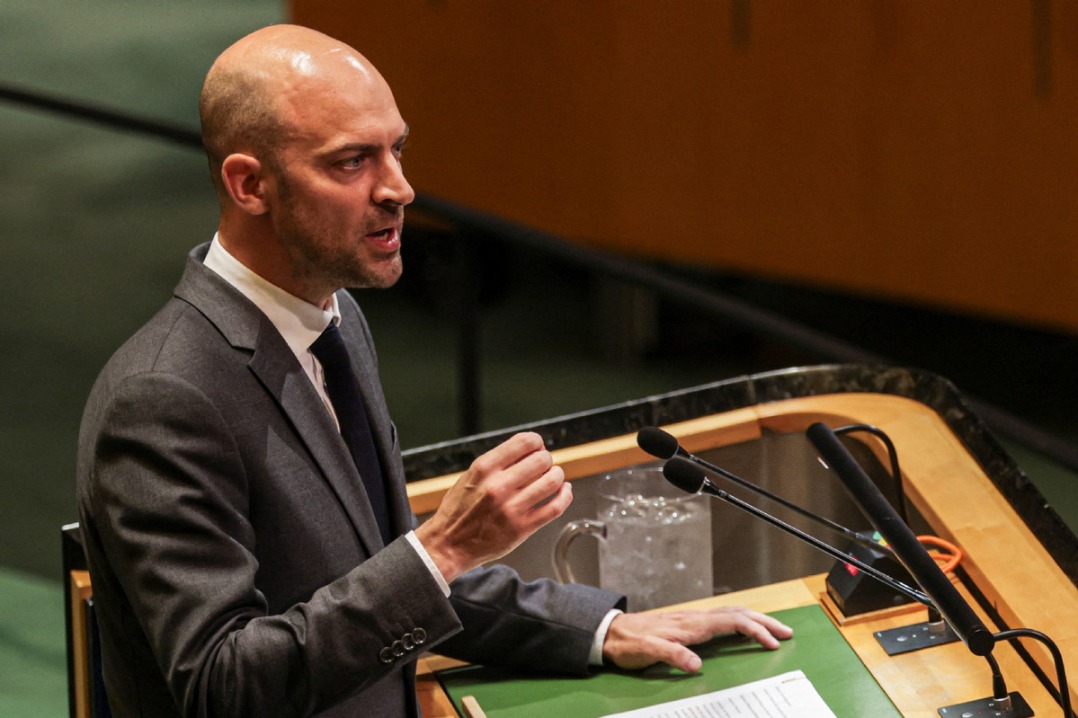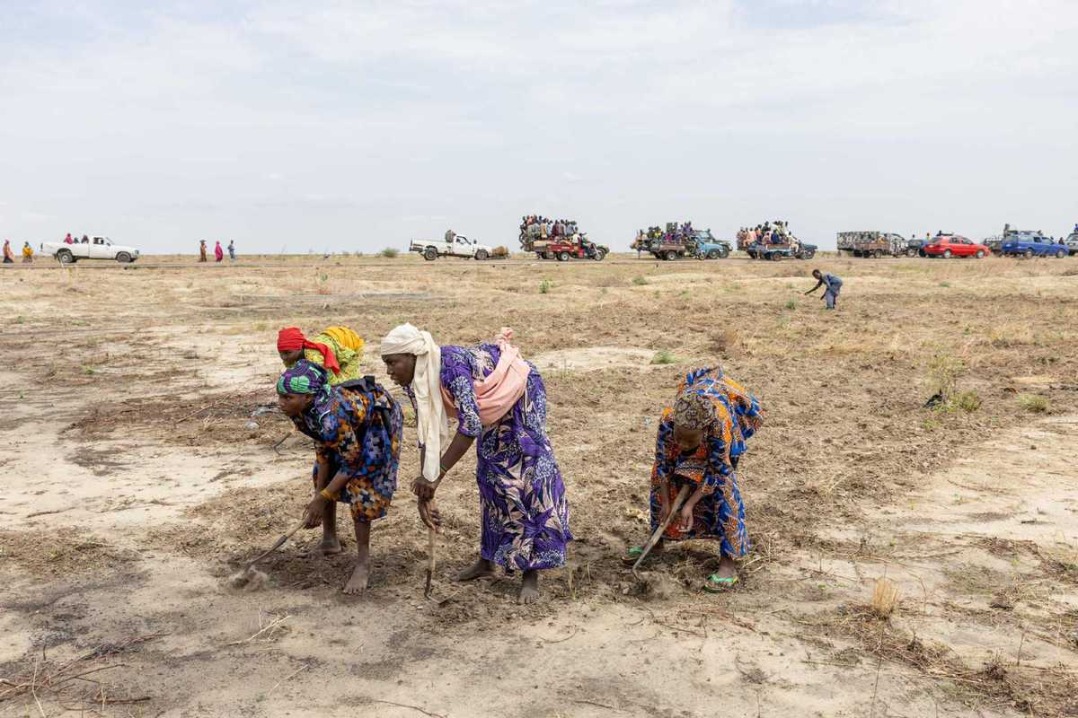EAC countries launch a joint initiative to combat pollution in Lake Victoria


Kenya, Uganda and Tanzania have joined forces to combat rising pollution and the spread of invasive water hyacinths in Lake Victoria, Africa's largest freshwater lake, in a bid to protect the critical ecosystem that supports over 40 million people.
Experts from the three East African Community, or EAC, countries have completed a joint initiative to assess pollution levels and sources, alongside the impact of invasive species threatening the lake's biodiversity, fisheries, water transport, tourism and the livelihoods of locals.
Lake Victoria Basin Commission, or LVBC, Executive Secretary Masinde Bwire said the specialists have sampled a total of 44 monitoring stations during the expedition that began on June 9.
"Samples taken have been forwarded to special laboratories in each of the three partner states for further analysis currently being conducted.
"The result to be published in due course will inform decision-making for lake conservation and restoration," he told China Daily.
The regional mission conducted comprehensive water quality sampling, gathering 17 samples from Tanzania, 15 from Uganda and 11 from Kenya.
The mission, part of the EAC for Nature program and funded by the German Development Agency, aims to generate credible, science-based data to inform policy, drive sustainable development and ensure long-term lake protection.
Sampling covered a wide range of physical, chemical and biological parameters, including key nutrients like nitrogen and phosphorus, field data on pH, temperature and oxygen levels, as well as testing for heavy metals such as mercury, lead and arsenic.
Bwire emphasized that water hyacinth remains a major threat to the lake's ecological balance and economic potential, underscoring the urgency of the regional response.
"The outputs from this study will be crucial for developing and sustaining projects across the Lake Victoria Basin and shaping regional water management policies," he added.

































